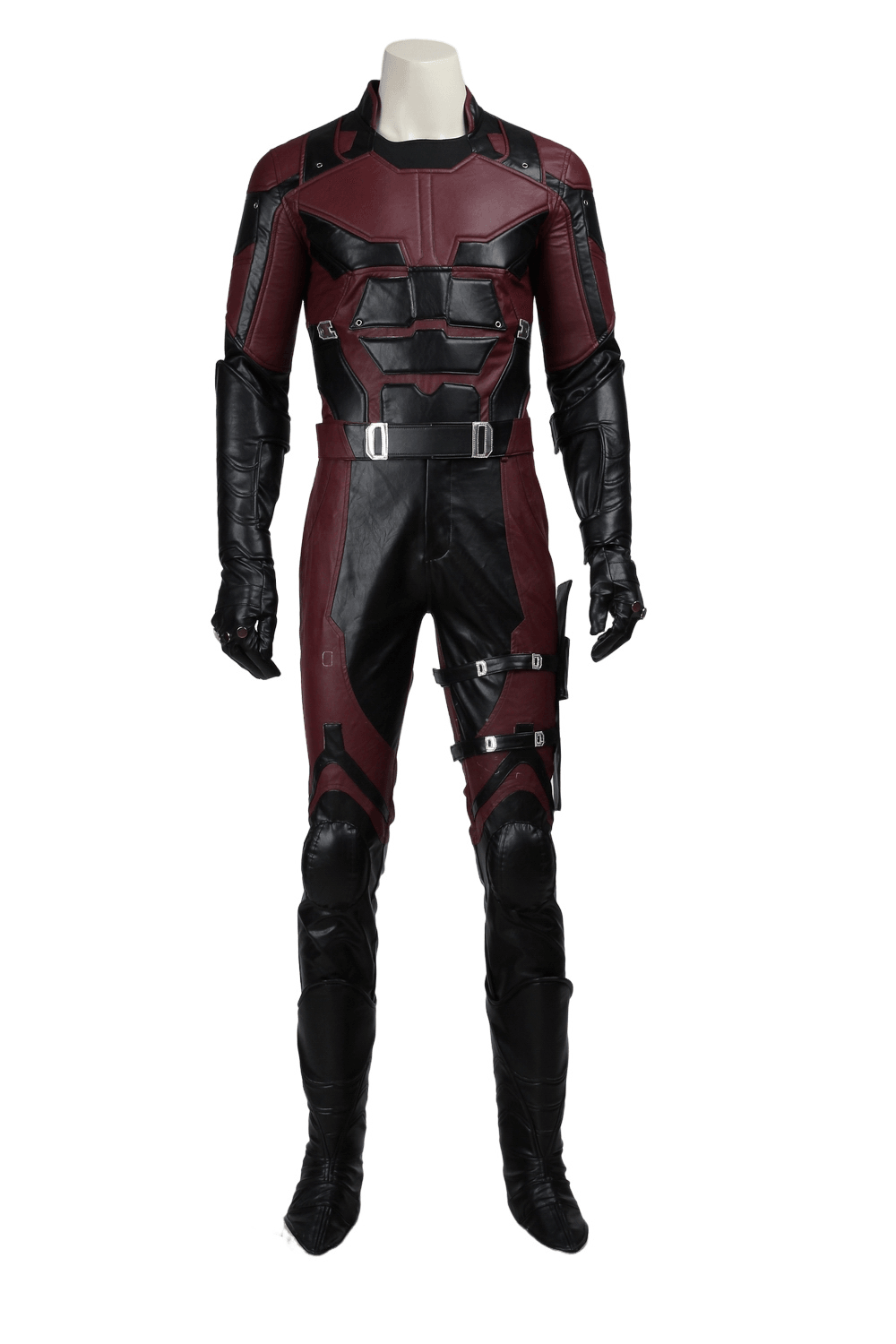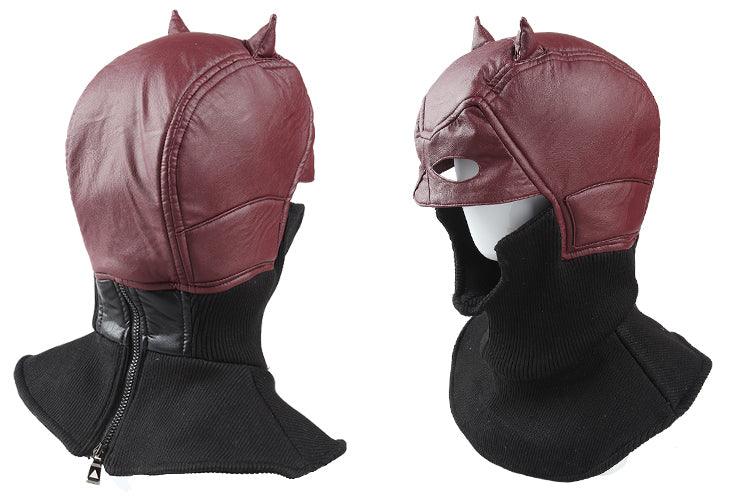How to Make Cosplay Armor Out of Foam
Creating cosplay armor out of foam is a rewarding and creative process that allows you to bring your favorite characters to life. Using EVA foam, a versatile and affordable material, you can craft impressive, lightweight, and comfortable armor pieces. This comprehensive guide will walk you through the entire process, from selecting materials to adding the finishing touches.
Materials and Tools
To get started, you'll need the following materials and tools:
Materials:
-
EVA foam sheets (various thicknesses: 2mm, 4mm, 6mm, and 10mm)
-
Plastidip (for priming)
-
Contact cement or hot glue
-
Acrylic paints
-
Clear sealant
Tools:
-
X-Acto knife or craft knife
-
Heat gun
-
Scissors
-
Rotary tool (e.g., Dremel)
-
Soldering iron (for adding texture)
-
Cutting mat
-
Ruler and measuring tape
-
Sharpie or pencil
-
Safety equipment (respirator mask, safety glasses, work gloves)
Step 1: Choosing Your Foam
EVA foam comes in various types and thicknesses, each suitable for different parts of your armor:
-
Floor mats: Interlocking puzzle-piece style mats are great for larger armor pieces.
-
Craft foam sheets: Thinner sheets are ideal for detailing and smaller components.
-
High-density foam: More rigid and durable, perfect for pieces that need extra strength.
When selecting foam, consider the thickness and texture. Thicker foam (6mm-10mm) is better for main armor pieces, while thinner foam (2mm-4mm) works well for details. Some foam has a textured side, which can add interesting details to your armor.
Step 2: Creating Your Armor Pattern
Before cutting into your foam, you need to create a pattern. Here's how:
-
Reference Gathering: Collect images and screenshots of your character from multiple angles.
-
Body Measurements: Take accurate measurements of the parts of your body where the armor will be worn.
-
Pattern Making: Use paper or cardstock to create templates of each armor piece. You can also use software like Pepakura Designer to print out patterns.
Step 3: Cutting the Foam
Once you have your patterns, it's time to cut the foam:
-
Trace the Patterns: Use a Sharpie or pencil to trace the patterns onto the foam.
-
Cut the Foam: Use a sharp X-Acto knife or craft knife to cut out the pieces. Make sure to hold the blade at a right angle to avoid beveled edges.
-
Keep the Blade Sharp: Change your blade often to ensure clean cuts and avoid jagged edges.
Step 4: Shaping the Foam
Shaping the foam is crucial for creating realistic armor:
-
Heat Shaping: Use a heat gun to heat the foam until it becomes pliable. Then, shape it over a form or your body to achieve the desired curve.
-
Forming Details: For more intricate shapes, you can use a combination of heat and pressure to mold the foam.
Step 5: Gluing the Pieces Together
Assembling the armor requires strong adhesives:
-
Contact Cement: Apply contact cement to both surfaces you want to glue together. Let it dry for a few minutes until it becomes tacky, then press the pieces together.
-
Hot Glue: For quick fixes, hot glue can be used, but it's less durable than contact cement.
Step 6: Adding Details and Texture
Adding details and textures can elevate the realism of your armor:
-
Beveling and Angled Cuts: Create realistic armor edges by cutting foam at an angle using a sharp blade or a foam beveler tool.
-
Adding Texture: Use a soldering iron to etch details into the foam. You can also use a rotary tool to create scratches and dents for a battle-worn look.
Step 7: Priming and Painting
Priming and painting give your armor its final look:
-
Priming: Apply a few coats of Plastidip to seal the foam and create a smooth surface for painting.
-
Painting: Use acrylic paints to paint your armor. Metallic paints can replicate the look of metal. Apply several thin coats for a smooth finish.
-
Weathering: Use dry brushing techniques to add wear and tear. Apply darker paint in recesses and lighter paint on raised areas to highlight details.
Step 8: Sealing the Paint
Sealing the paint protects your work and gives it a finished look:
-
Clear Sealant: Apply a clear sealant to protect the paint and add a glossy or matte finish, depending on your preference.
Step 9: Fitting and Comfort
Ensuring your armor fits comfortably is essential:
-
Straps and Buckles: Use nylon straps and buckles to secure the armor pieces to your body. Velcro can also be used for smaller pieces.
-
Padding: Add upholstery foam or fabric padding to areas that need extra comfort.
Step 10: Final Adjustments and Testing
Before wearing your armor to an event, make sure it fits properly and is comfortable:
-
Test Fit: Wear the entire costume and make any necessary adjustments.
-
Break It In: Wear the armor for extended periods to ensure it remains comfortable.
Inspiration and Resources
For further inspiration and learning, check out these resources:
-
Online Communities: Websites like CrazeCosplay.com offer tutorials, tips, and a supportive community for cosplayers of all levels.
-
Social Media: Follow cosplay artists on Instagram and Twitter for behind-the-scenes looks at their creation process.
-
Cosplay Books: Many experienced cosplayers have published detailed guides on armor-making techniques.
-
Video Tutorials: YouTube channels like Kamui Cosplay, Evil Ted Smith, and SKS Props offer in-depth tutorials and tips.
Conclusion
Creating cosplay armor from foam is a rewarding process that combines creativity, craftsmanship, and problem-solving. With practice, patience, and the right techniques, you can transform simple foam sheets into impressive, screen-accurate armor pieces. Remember that every cosplayer starts somewhere, so don't be discouraged if your first attempts aren't perfect. Each project is an opportunity to learn and improve your skills.
Whether you're crafting a knight's breastplate, a space marine's helmet, or a superhero's gauntlets, the principles outlined in this guide will serve as a solid foundation for your foam armor projects. So gather your materials, fire up that heat gun, and let your creativity soar. The world of cosplay armor awaits, and with foam as your medium, the possibilities are endless.
Happy crafting!







